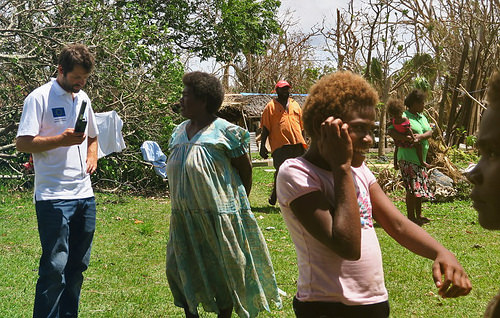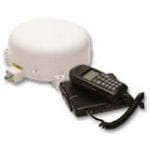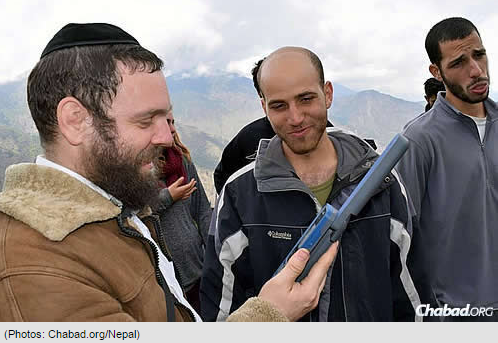Baja Off-Road Racing style
Few of us have ever traveled 120 mph anywhere in anything, save of course being sealed up in an aluminum tube at 35,000 feet, where you really have no sense of moving at the crazy speeds that airplanes travel today. Maybe you’ve driven on the Autobahn in Europe. If so you’re one of the very few that may have experienced moving over the ground at speeds in excess of 100 mph. Even if you have driven a car with as much torque as the P85D Model S Tesla for example, it was likely on a smooth road, maybe sipping your coffee with your free hand. It was not the bone jarring ride of the typical off-road racing vehicle.
Remember the mechanical bull in Urban Cowboy? Well strap yourself on that bull, turn it all the way up and then hang on while you move that bull down the road at 100 mph plus and you begin to get a sense of what it’s like driving an off-road racing machine…both hands on the wheel, helmet firmly in place, strapped in with an H seat belt system as you fight to see through the dust of the vehicle in front of you.
These off-road machines seldom are one offs, operating independently of each other. More often they are grouped by teams, usually 3 or 4 vehicles, sometimes more, along with multiple chase and support vehicles. Support vehicles that are challenged with the responsibility of knowing where each team member is at all times as well as the condition of the vehicles themselves and the personnel that man them.
 It’s an awesome responsibility that demands constant communications over hundreds of miles of absolutelyG2-Land-Mobile-default desolate terrain. Terrain where there are no cell phones or landlines available. Terrain so expansive and so rugged that it often does not support VHF or UHF radios. Terrain where there is only one viable option, satellite communications. Enter the MSAT G2, the proven push-to-talk voice solution for off-road racing.
It’s an awesome responsibility that demands constant communications over hundreds of miles of absolutelyG2-Land-Mobile-default desolate terrain. Terrain where there are no cell phones or landlines available. Terrain so expansive and so rugged that it often does not support VHF or UHF radios. Terrain where there is only one viable option, satellite communications. Enter the MSAT G2, the proven push-to-talk voice solution for off-road racing.
If you’re racing anywhere between Ecuador and Alaska, New Foundland and Hawaii, California and Florida, the MSAT G2 Satellite Radio will work for you when nothing else does. Neither you nor your competition will likely even notice the extra low profile antenna mounted on top of the cab. The service is structured so you have the ability to set up your own private talk group comprised only of your team drivers and support personnel, even owner’s if you like. You’ll be able to communicate with everyone in your talk group, under ANY conditions over ANY terrain in ANY weather at ANY time….with the push of a button. How cool is that?
Speakers and microphones are helmet mounted and can be interfaced with your present radios. Transmission clarity is comparable to your mobile phone or land line and last but not least, the whole system is extremely affordable. Doesn’t get much better than this.
Simply stated, there is no comparable satellite system to the MSAT G2 for off-road racing. No other satellite radio supports the configuration of flat rate (non-usage sensitive) Private Talk Group communications which makes the MSAT G2 the most cost effective satellite voice solution on the planet.






 It’s an awesome responsibility that demands constant communications over hundreds of miles of absolutelyG2-Land-Mobile-default desolate terrain. Terrain where there are no cell phones or landlines available. Terrain so expansive and so rugged that it often does not support VHF or UHF radios. Terrain where there is only one viable option, satellite communications. Enter the MSAT G2, the proven push-to-talk voice solution for off-road racing.
It’s an awesome responsibility that demands constant communications over hundreds of miles of absolutelyG2-Land-Mobile-default desolate terrain. Terrain where there are no cell phones or landlines available. Terrain so expansive and so rugged that it often does not support VHF or UHF radios. Terrain where there is only one viable option, satellite communications. Enter the MSAT G2, the proven push-to-talk voice solution for off-road racing.



 Peter Bowker is attempting to make the world's first unsupported crossing of the Greenland ice cap as an amputee.In May 2015 former soldier Peter Bowker, who lost a leg while serving in Afghanistan, will set out with four companions to ski nearly 600 km (373 miles) across the Greenland ice cap.His attempt at the world’s first unsupported crossing of the vast ice sheet by an amputee will rely on Inmarsat satcoms for medical and emergency back-up and to share the adventure in real time with the media and supporters.
Peter Bowker is attempting to make the world's first unsupported crossing of the Greenland ice cap as an amputee.In May 2015 former soldier Peter Bowker, who lost a leg while serving in Afghanistan, will set out with four companions to ski nearly 600 km (373 miles) across the Greenland ice cap.His attempt at the world’s first unsupported crossing of the vast ice sheet by an amputee will rely on Inmarsat satcoms for medical and emergency back-up and to share the adventure in real time with the media and supporters.